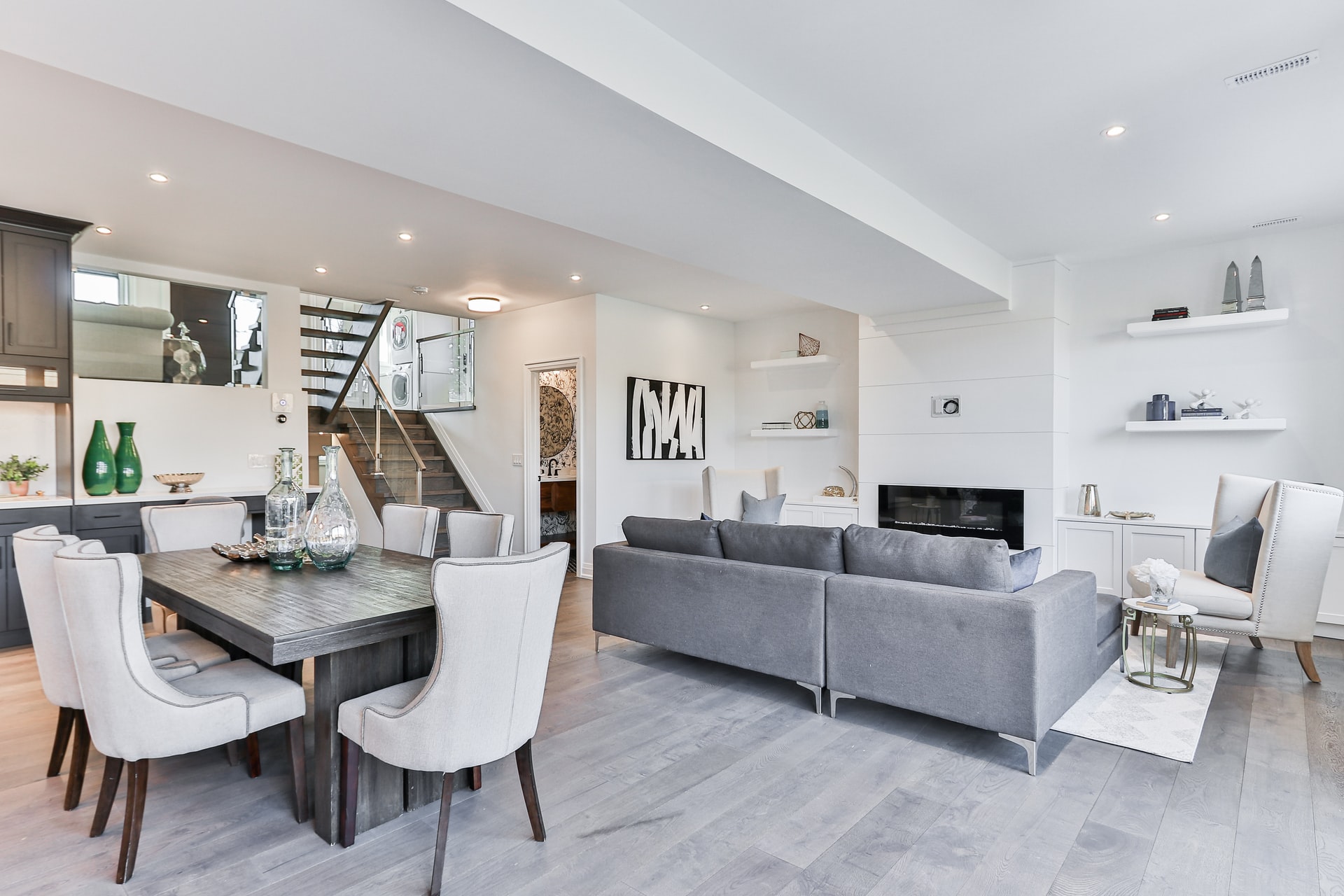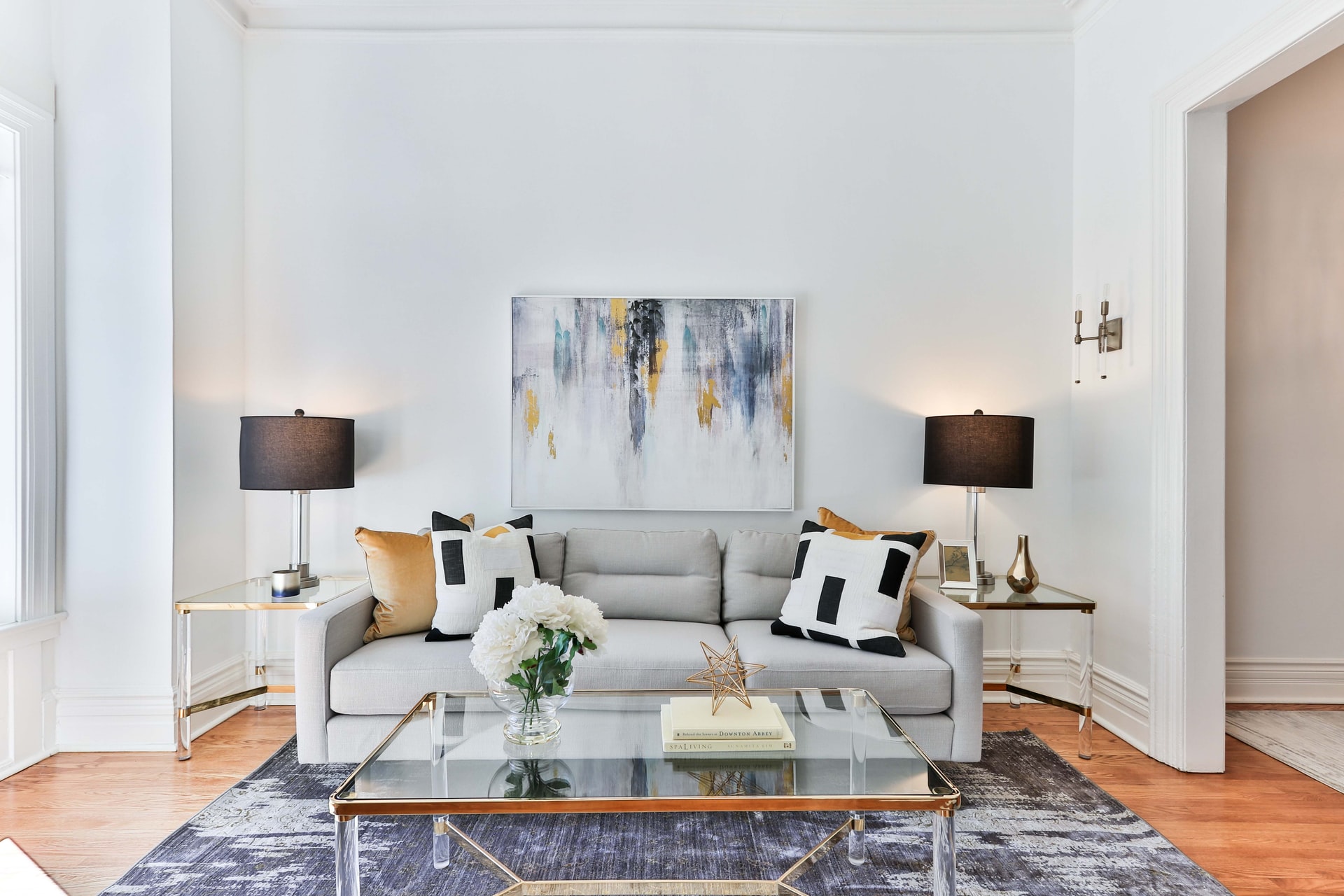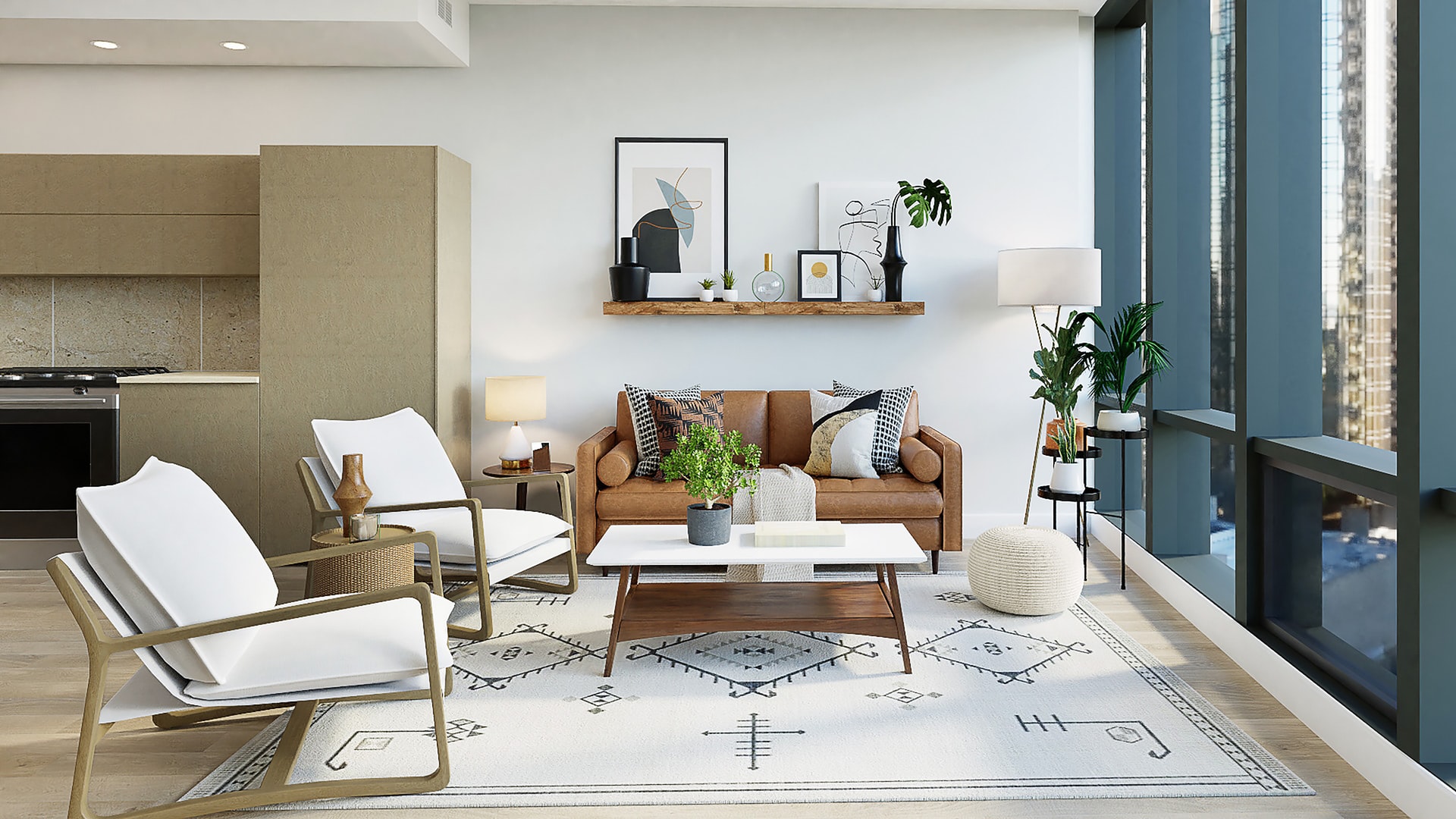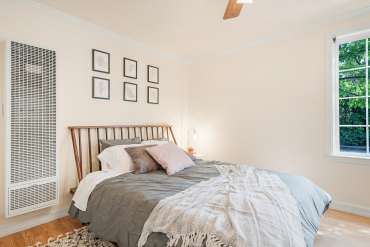One thing has persisted in the back of your mind from the first walk-through of your dream home to the bizarre moment when you’re clutching brand-new house keys in your sweaty fingertips.
I’m not sure how I’m going to decorate all of these rooms.
Because a ‘dream’ guides4homeowners.co.uk home does not consist of a series of empty rooms with naked walls and flooring. No, it looks exactly like the designer designs you’ve been admiring in magazines for months, right?
The lines, colors, textures, and light have all been circling in your thoughts. It’s finally your turn to decorate the house, but you have no idea what you want or where to begin.
And it’s all starting to seem a little daunting.
Now you don’t have to be concerned; assistance is on the way! This should be a pleasurable experience that you look forward to. It shouldn’t be a source of anxiety or concern for you. Also, keep in mind that finishing this undertaking and decorating every room in your house may take several years.
Heck. I’ve been in my house for five years and am only now nearing completion! For the most part, budget and time are actual restraints, thus both should be taken into account. Enjoy your designing adventure; don’t rush it, and you’ll be pleased with your home decorating decisions when you’re finished!
I’ve laid out your decorating adventure for the next few months (or years!) below.
Don’t miss any steps; your decorating decisions are influenced by everything you do. It will be less frustrating if you plan ahead.
 Define Your Personality
Define Your Personality
Make a decision on your home’s overall vision. Make sure you know your particular decorating style and design preferences before you start so you don’t become distracted or confused by other styles.
Dining area with a coastal theme
Take some time to find out your decorating style if you don’t know what it is. You don’t have to fit into a pre-defined “style” like farmhouse or boho. However, it’s critical to know what you enjoy and don’t like, and to not let other people’s opinions or tastes affect how you decorate your home.
Choose a color scheme.
It’s time to choose an overall color scheme once you’ve decided on the style you want to decorate in (boho, farmhouse, transitional, or a blend of styles).
Do you prefer a light and airy atmosphere? Warmer tones, colder tones, or strong colors are your favorites. Choosing one hue (or a group of colors) for all the walls in your home not only ensures that your color schemes flow from room to room, but it also saves you the time and effort of having to figure out a million different paint swatches.
A color scheme for the entire house will also ensure that your home feels coherent and not fragmented from the start.
For example, the walls in my house are all different shades of gray or white. You don’t go from one green room to another blue room and then another deep crimson room. Rooms should flow smoothly from one to the next, and there should be no jarring transitions.
Keep it Neutral When in Doubt
I’m a big believer in keeping the walls neutral. White, light to medium gray, greige, or even tan are examples of this.
Painted walls in the bedroom Paper White by Benjamin Moore
Whatever color scheme you choose, keeping it light and neutral will serve as the ideal backdrop for the rest of the room’s elements, such as furniture, carpets, and paintings.
Plus, having a neutral backdrop that won’t compete makes it so much easier to change up your decor and accessories on a regular basis.
Take Fixed Elements into Consideration
Trim, millwork, and cabinetry are examples of fixed parts that are difficult to modify. Your trim color, as well as the color of your kitchen cabinets, will have a significant impact on your design choices.
Do you want your new home to have a bright, clean, modern look? Then a bright, crisp white trim could be appropriate. If your house is full of honey oak, you’ll want a paint color that complements it as well as the other furniture you’ll be bringing in. If you have lovely millwork, on the other hand, you could want to highlight it with a contrasting color.
 Accent Colors are a great way to liven up a room.
Accent Colors are a great way to liven up a room.
You should also choose one to three accent colors to use around your home. You might want to keep everything neutral and use various shades of white, cream, and gray, with more texture or wood tones as accents.
Blue, gold, and natural wood accents in a white nursery
On the other hand, if you’re like me and enjoy lovely flashes of color, your accent colors might be blues, grays, and greens.
Whatever you choose, don’t choose more than three and attempt to employ them in each room of your house to create a unified look. They don’t have to be the same color; vary the strength and saturation to avoid them becoming monotonous.
Define each space’s function.
Before you commit to a design, you must first consider how each space will be used. This isn’t always obvious until you’ve lived in the house for a long. Will your living room, for example, merely be a place to unwind and watch TV? Is it also going to be used as a playroom or a home office? Is your bedroom going to be only a place where you sleep? Will you be watching television in there? Or will your home office setup necessitate a nook?
Before you start daydreaming about the design, it’s crucial to figure out what each space’s purpose is.
Mood Boards can help you visualize your ideas.
Create mood boards for each room in your house to organize all of your ideas. Begin with the most frequently used areas of your home (living room and bedrooms).
If you prefer to concentrate on one room at a time, go ahead and do so. Most people, in my experience, like to pick away at rooms as they discover out what works and what doesn’t, resulting in a more organic design.
In any case, you’ll want to start with some inspiration (Pinterest and Instagram are great for this!) and a plan for what furnishings you’ll need.
Mood Board for the Kitchen
Begin by choosing one piece of furniture, a rug, or perhaps a favorite piece of art to serve as your inspiration for the area. After that, plan the rest of the room around it.
The rattan counter stools were my inspiration starting point in the above kitchen mood board. That was the starting point for the rest of the design.
With Confidence, Shop
Take your time when shopping – it can take months for me to find the perfect piece of furniture – you’ll be happier in the end than if you rush into something that doesn’t seem right. Or, even worse, you’ll buy something and then have to replace it a year later. Let’s not throw money away! Wait for it if you have a concept of what you desire.
Begin with the largest pieces and then layer in the accessories.
It is not necessary for all of the furniture to match. Yes, finding a matching bedroom set is easier than finding nightstands to match your upholstered bed, but the overall result will be so much better when your room has a “collected over time” vibe.
You may start layering in window treatments, paintings, toss pillows, and accessories once you’ve got the larger pieces in place. Again, getting the appearance or mood you want will take time. Do not feel compelled to hurry!
Simple advice, such as how to mix and match patterns or how to decorate a coffee table or bookshelf, will elevate your accessories and decorative objects to new heights.
 Consider hiring a web designer.
Consider hiring a web designer.
Consider using a service like Modsy to design the area for you if you’re having trouble with it or simply don’t have the time.
All you have to do is provide them some information about your location, as well as the size – and some images – and they’ll create a 360-degree virtual rendering of it. Best of all, you can shop their entire room and have stuff delivered right to your house!
I’ve used their services for both my initial office and the bedrooms of my two sons. I had a concept of what I wanted but didn’t have time to go shopping for all of the pieces; they took care of that for me and laid out the furniture so that it would fit properly in the room. It was a fantastic service!
Instructions
Make a space for yourself. Your first objective should be to figure out exactly how it should work. Is your bedroom solely for sleeping, or will it also serve as a home office?
Choose a color scheme for the entire house. This can be as simple as choosing one or two neutral colors that will function throughout your home, as well as a few accent colors.
Begin with an inspiration item that will serve as the foundation for the entire design. A throw pillow, a rug, a piece of art or furniture, another textile, or even wallpaper can all be examples of this. To help you imagine the room, use these components in a mood board or inspiration board.
Bring in hues that complement your inspiration piece while also blending in with the rest of your decor. We don’t design areas in a vacuum; they should feel connected to the rest of your house. For my area, I prefer to employ two basic colors with a third used rarely. I like to keep the walls neutral so that I can use textiles or decorative things to provide color. You can, however, use the majority of the hue on your wall.
It isn’t vital to have all of your furnishings match. A “acquired over time” aesthetic is far more appealing than a whole matching set.
Use your accent colors in the throw cushions or rug once the furniture is in place.
Finally, add some finishing touches with accessories. These are the details that make a room come together.
Plants and wood bring a sense of life to any room. Make sure your room has a variety of textures. Tables can be enhanced with simple vignettes. Make that there is adequate illumination.





